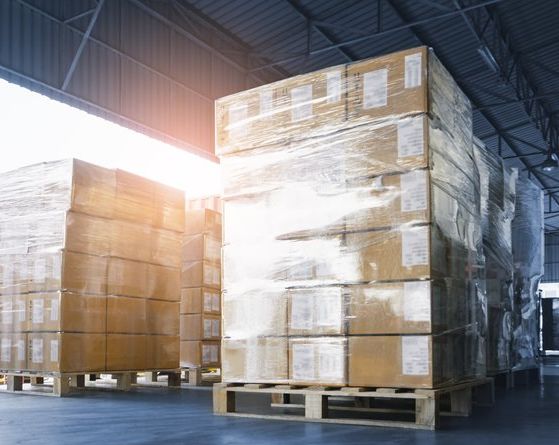What is going on with the Suez Canal?
The Suez Canal, a vital waterway connecting the Mediterranean Sea to the Red Sea, lies in northeastern Egypt and serves as a critical artery for global trade, handling around 10-12% of worldwide shipping. Over the past year, disruptions in the canal have intensified due to the broader conflict in Israel, as Houthi forces, leveraging instability in the region, have increasingly targeted global shipping operations. These attacks include attempts to hijack vessels, steal freight, and damage ships transiting the area, creating a ripple effect on international supply chains and raising concerns over maritime security in one of the world’s most strategic trade routes.
Who Are Yemen's Houthi Rebels?
The Houthi rebels are a political and military group based in Yemen. They emerged as a movement in the 1990s, advocating for the Zaidi Shia Muslim minority. Over time, they became a dominant force in Yemen's civil war. The group seized Yemen’s capital, Sana’a, in 2014, sparking widespread conflict. Their actions have drawn attention from global & large multinational corporate interest due to their attacks on shipping routes along the red sea.
The Red Sea has become a critical zone for these attacks. The Houthis have targeted ships linked to the U.S. and U.K., disrupting international trade. These incidents include missile strikes and drone attacks on vessels, causing significant damage and risk to crew members.
As
reported by Transport Topics,
the Houthis announced they would stop targeting ships with U.S. and U.K. ties. This decision came after a ceasefire agreement between Israel and Hamas. However, shipping companies remain cautious about resuming normal operations.
Impact on the Suez Canal
Shipping giant MSC Mediterranean Shipping Co. SA decided to still
avoid the Red Sea entirely. As the world’s largest container carrier, MSC’s decision highlights the ongoing risks. The company operates 884 ships, representing 20% of global capacity. Its rerouting strategy demonstrates the seriousness of the security threats.
MSC now sends its vessels around Africa’s southern tip. This move ensures crew safety and protects valuable cargo. However, it comes with significant trade-offs, including higher costs and longer delivery times. MSC’s stance reflects broader industry concerns about security in the region.
While the Houthis have pledged to cease attacks, the shipping industry remains hesitant. A full return to Red Sea routes depends on sustained stability and international cooperation to ensure safety.
The impact of the Houthi rebels extends far beyond the United States, disrupting global shipping routes and causing ripple effects across major international trade hubs. In Singapore, one of the world’s busiest transshipment ports, congestion has reached an 18-month high. According to maritime data firm Linerlytica, over 2.4 million TEUs were waiting at anchor as of mid-June, with 60% of those vessels located in Asia. The longer detours around Africa to avoid the Red Sea have thrown ship timetables into disarray, causing missed schedules and fewer port calls worldwide.
This disruption has forced shipping lines to adapt by offloading larger amounts of cargo at major hubs like Singapore. Here, goods are transferred to different ships for their final destinations, helping vessels regain time lost on extended routes. However, this approach has increased congestion and strained port operations, creating a bottleneck for global supply chains. Ships skipping smaller ports to catch up on schedules have compounded delays for American companies & industries reliant on timely deliveries.
The skepticism surrounding the Houthis’ pledge to cease attacks further amplifies the challenges. Container carriers remain wary, unwilling to trust that the region will remain safe for navigation. As a result, shipping companies continue to avoid the Red Sea, placing additional pressure on alternative routes and major transshipment hubs like Singapore. The global trade network faces lasting consequences as rerouting and delays increase costs and hinder efficiency across supply chains.




